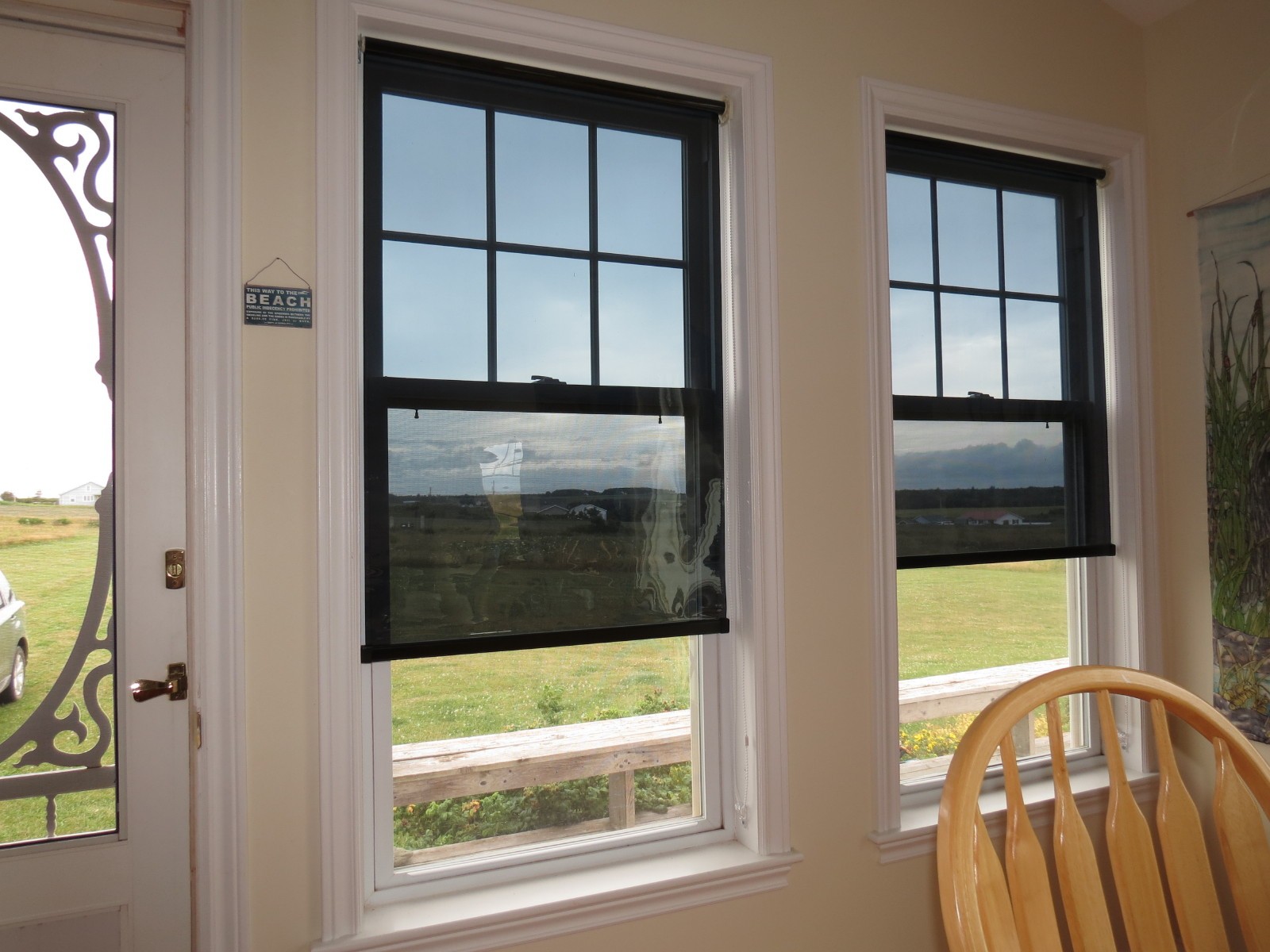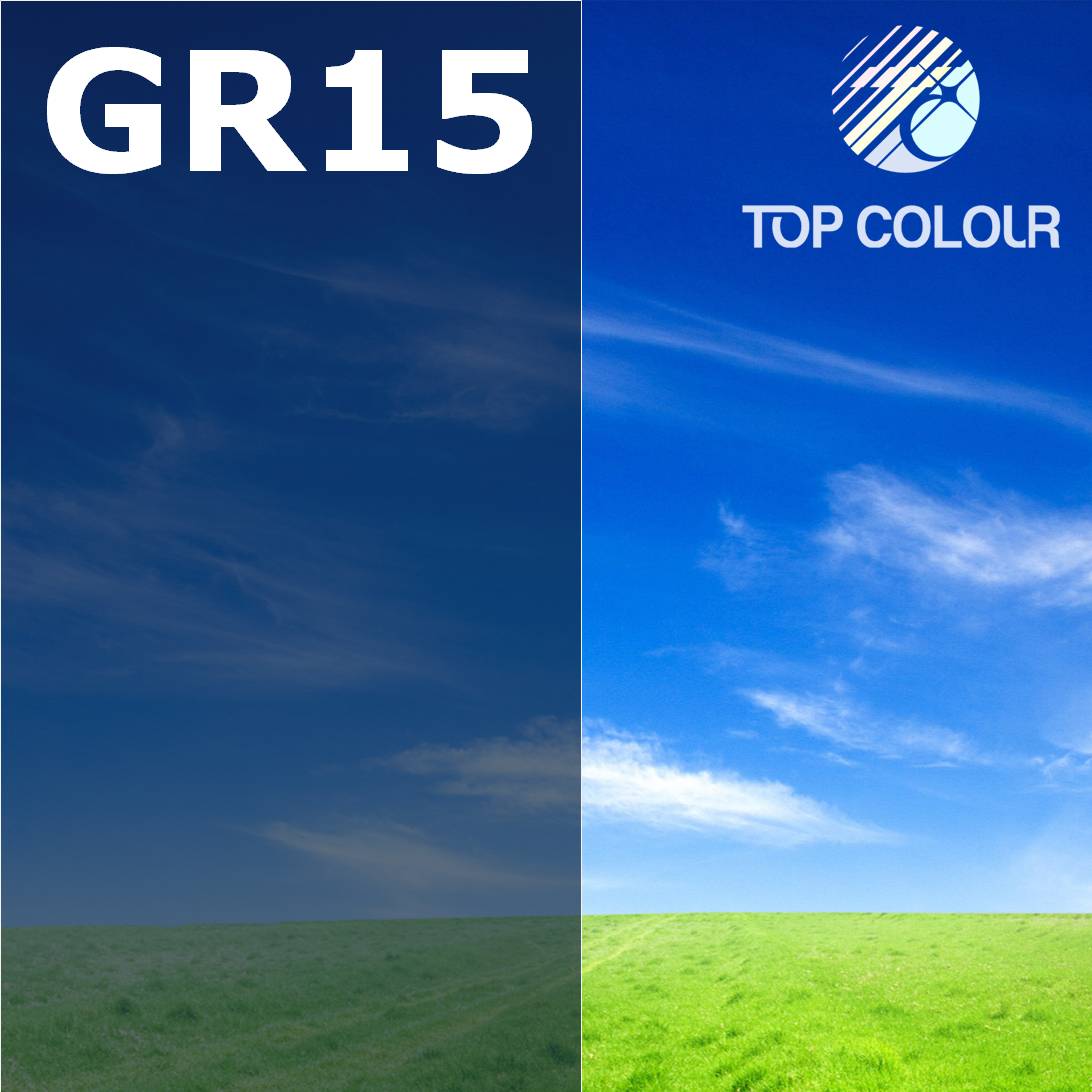

Although color processing is more complex and temperature-sensitive than black-and-white processing, the wide availability of commercial color processing and scarcity of service for black-and-white prompted the design of some black-and-white films which are processed in exactly the same way as standard color film. Color negatives incorporate an orange color correction mask that compensates for unwanted dye absorptions and improves color accuracy in the prints. The second inversion that results restores light, shade and color to their normal appearance. This type of film is designed to be printed onto photographic paper, usually by means of an enlarger but in some cases by contact printing.

Following development, the silver is converted back to silver halide crystals in the bleach step. Because the by-products are created in direct proportion to the amount of exposure and development, the dye clouds formed are also in proportion to the exposure and development. But in a color film, the by-products of the development reaction simultaneously combine with chemicals known as color couplers that are included either in the film itself or in the developer solution to form colored dyes. During development, the exposed silver halide crystals are converted to metallic silver, just as with black-and-white film. Next comes a green-and-blue sensitive layer, and a red-and-blue sensitive layer, which record the green and red images respectively. Typically the blue-sensitive layer is on top, followed by a yellow filter layer to stop any remaining blue light from affecting the layers below. Color film has at least three sensitive layers, incorporating different combinations of sensitizing dyes. When the exposed silver halide grains are developed, the silver halide crystals are converted to metallic silver, which blocks light and appears as the black part of the film negative. In black-and-white photographic film, there is usually one layer of silver halide crystals. By similar techniques, special-purpose films can be made sensitive to the infrared (IR) region of the spectrum. Panchromatic film renders all colors in shades of gray approximately matching their subjective brightness. First orthochromatic (sensitive to blue and green) and finally panchromatic (sensitive to all visible colors) films were developed. This problem was resolved with the discovery that certain dyes, called sensitizing dyes, when adsorbed onto the silver halide crystals made them respond to other colors as well.

Unmodified silver halide crystals are sensitive only to the blue part of the visible spectrum, producing unnatural-looking renditions of some colored subjects. In addition to visible light, all films are sensitive to ultraviolet light, X-rays, gamma rays, and high-energy particles. This creates an invisible latent image in the emulsion, which can be chemically developed into a visible photograph. Instead, a very short exposure to the image formed by a camera lens is used to produce only a very slight chemical change, proportional to the amount of light absorbed by each crystal. The emulsion will gradually darken if left exposed to light, but the process is too slow and incomplete to be of any practical use. Film is typically segmented in frames, that give rise to separate photographs. The sizes and other characteristics of the crystals determine the sensitivity, contrast, and resolution of the film.

Photographic film is a strip or sheet of transparent film base coated on one side with a gelatin emulsion containing microscopically small light-sensitive silver halide crystals. JSTOR ( June 2020) ( Learn how and when to remove this template message).Unsourced material may be challenged and removed.įind sources: "Photographic film" – news Please help improve this article by adding citations to reliable sources. This article needs additional citations for verification.


 0 kommentar(er)
0 kommentar(er)
